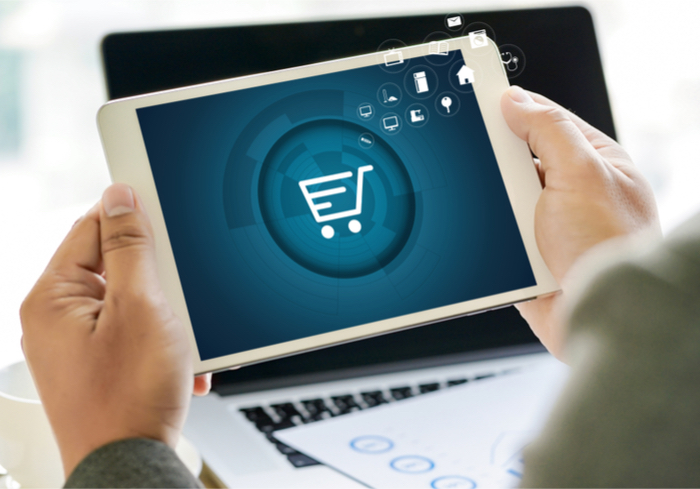
Big merchants have many strategies, but they often lack an online checkout strategy. As a result, merchants may lose millions a year due to the friction associated with converting shoppers to buyers online. In fact, merchants experience an overall $200 billion in lost sales each year due to friction in the checkout process.
Many larger merchants clearly have some ways to go on their checkout conversion efforts. With an average checkout conversion index score of 51.4 out of a possible 100 in the PYMNTS Checkout Conversion Index, there is room for improvement for many merchants.
But some large merchants have added features to their eCommerce websites to increase checkout conversions — and make that sale. Here are five features merchants should keep in mind when designing the checkout process.
— A little more than two-thirds — or 70 percent — of large merchants include progress bars on their sites. Companies like Google, LinkedIn and Box use these tools to show users how far along they are in a set of tasks — say, filling out a form at checkout. By using percentages, merchants could encourage users to add their personal information — or complete other actions during the checkout process. In a sense, progress bars gameify the checkout process by adding “missions” or “levels.” And by doing so, merchants are able to fill inherent needs of users to have goals, accomplish goals — and know how far along the way they are to achieving those goals.
— Just over one-third — or 36 percent — of large merchants include form fill on their sites. Facebook, for example, allows merchants using eCommerce site builder Ecwid to integrate Autofill With Facebook feature. It allows customers to pull in credit card, billing, and shipping info they’ve stored on the social media sites. “Ecwid is a platform,” Facebook’s Mary Ku told TechCrunch. “They provide a suite of tools…you can turn on and off. What we’ve done with Ecwid is integrate Autofill With Facebook so their customers can easily enable Autofill on their sites.” The company also piloted an extension of Autofill with the online clothing retailer Jack Threads that allowed customers to pull in promo codes if a user clicks through from an ad with a promotional code on FB.
— Thirty-one percent of large merchants include quick add to cart on their sites. But the holy grail might be Amazon’s patent on its 1-Click payment system, which will expire this year. As a result, online buyers could soon see many other online stores adopting similar methods throughout 2017. The frictionless payment option is one of many reasons so many online customers frequent Amazon. But while the patent expiration could be a bit of a disappointment for the online retail behemoth, most everyone else who sells online can’t wait to get their hands on it.
— Twenty-eight percent of large merchants include rewards on their sites. Even Pampers, the disposable diaper company, has upgraded its mobile app on Android and iOS to include loyalty rewards for avid consumers. Through this offering, customers in the U.S. and Canada can accrue points to use toward coupons, discounts, personalized gifts, magazine subscriptions, baby toys, charity donations and other prizes. Pampers’ parent company, Procter & Gamble, is hoping this move will help it retain its top position in the manufacturing industry. More consumers are looking for ways to earn points toward future purchases, as evidenced by brands’ 64 percent increase in loyalty programs from last year.
— Just over three-quarters — or 77 percent — of large merchants include free shipping on their sites. Spring, the mobile app that brings an Instagram-like experience to shopping, for example, offers users free shipping on every order. The fashion shopping platform offers a photo-friendly feed, allowing customers to easily follow their favorite retailers and make purchases within the app. “Since each item on Spring is purchased directly from the designer, shipping policies traditionally differed from brand to brand,” TechCrunch reported. Now, as indicated by Spring’s prominently displayed slogan of “free shipping. on everything,” the complimentary feature is applied across the board on the app’s 700+ brands.
In all, the optimal checkout strategy goes beyond these features and encompasses getting a consumer to fill the shopping cart efficiently, moving the consumer from the shopping cart to the checkout page and then making the payment. And, of course, all of the parts in between.